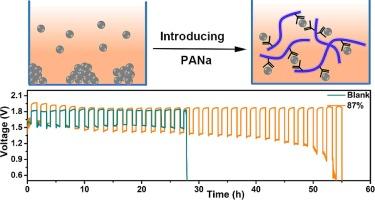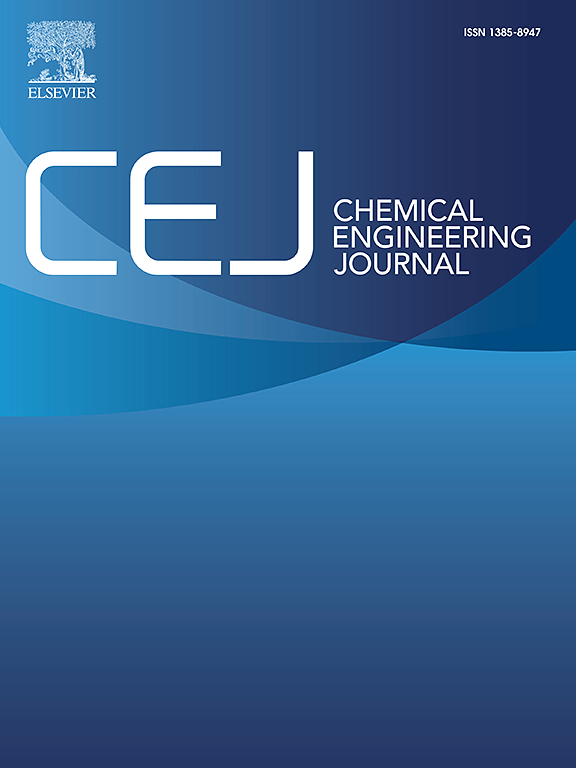Precipitation-free aluminum-air batteries with high capacity and durable service life
Abstract
Aluminum-air batteries are potential candidates for future large-scale energy storage/conversion due to their high safety and energy density. However, aluminum-air batteries face the challenges of continuously accumulated discharge by-products and undesired parasitic hydrogen evolution reaction (HER), which induce inferior performance and service life. Here, HER-suppressing and precipitation-free molecular crowding electrolytes are developed using sodium polyacrylate (PANa) as the crowding agent by taking advantage of its molecular crowding effect and scale inhibition property. The introduced PANa reconfigures the hydrogen-bond networks of electrolyte to suppress the HER by molecular crowding effect. A more uniform electric field distribution can be found on the surface of aluminum anode in the electrolyte containing PANa by employing Comsol multiphysics simulation. In addition, the anion long chains of PANa are electrostatically adsorbed on the surface of Al(OH)3 by-products micro-crystal, resulting in the same negative charge on the surface of the micro-crystal to prevent further aggregation and precipitation. The fabricated flow-based aluminum-air battery exhibits an outstanding specific capacity of 2096 mAh g−1, demonstrating the remarkable positive effect of PANa-based molecular crowding electrolyte in aluminum-air batteries. This work provides new light on aqueous electrolyte design for high capacity and precipitation-free aluminum-air batteries.


 求助内容:
求助内容: 应助结果提醒方式:
应助结果提醒方式:


